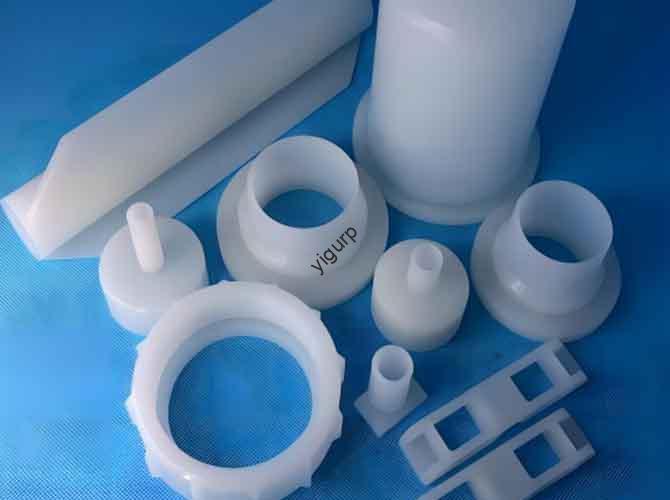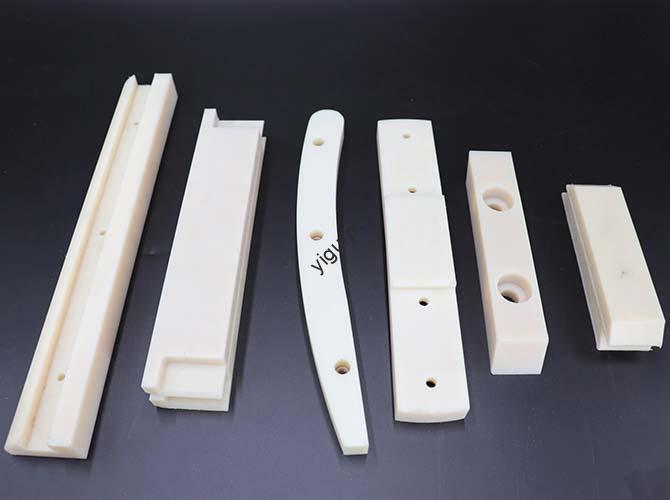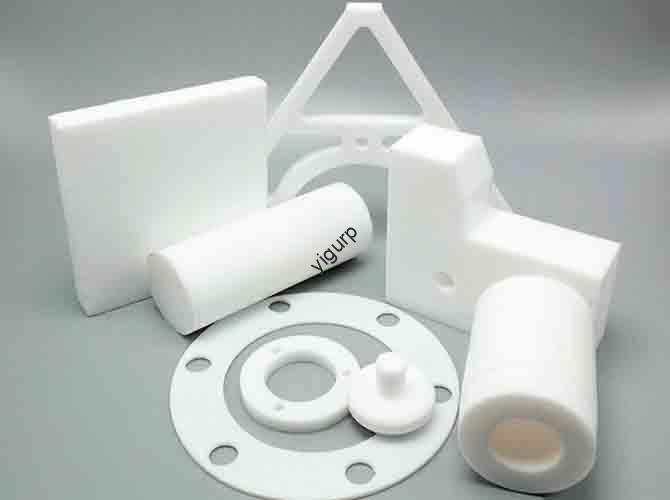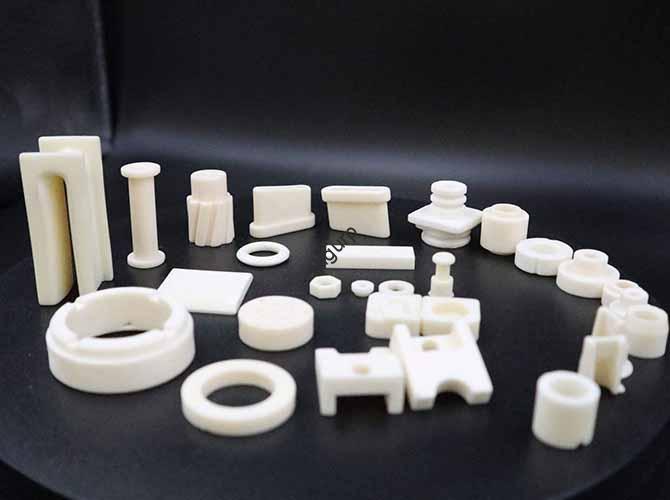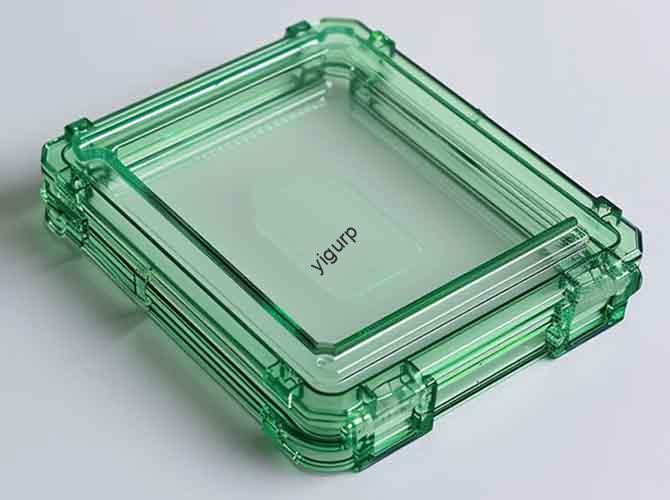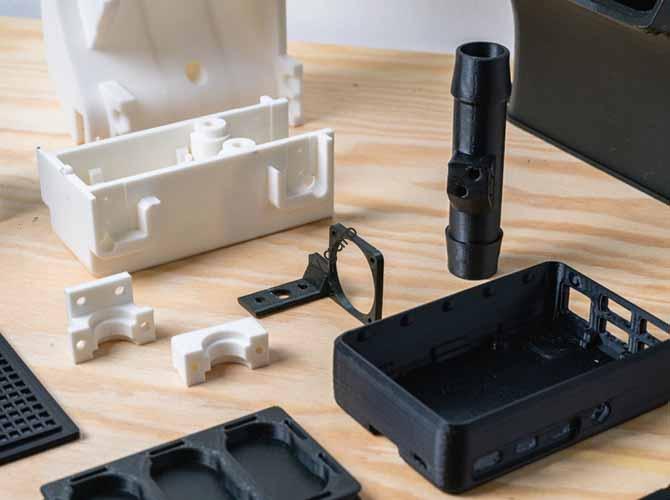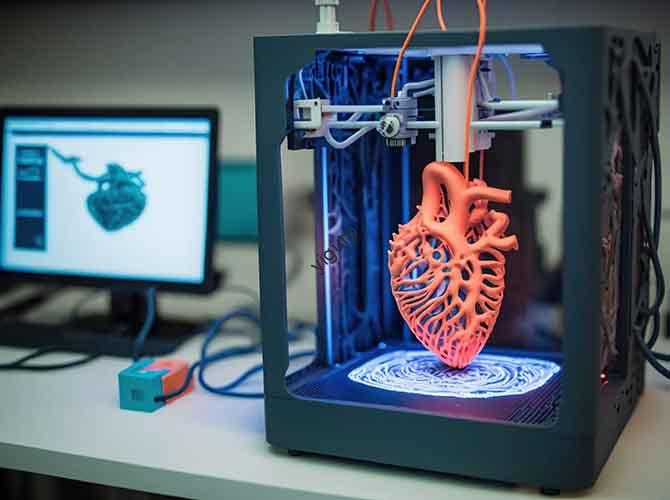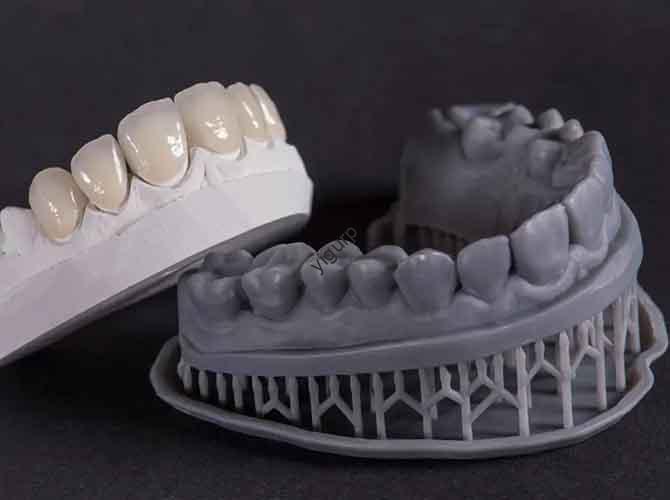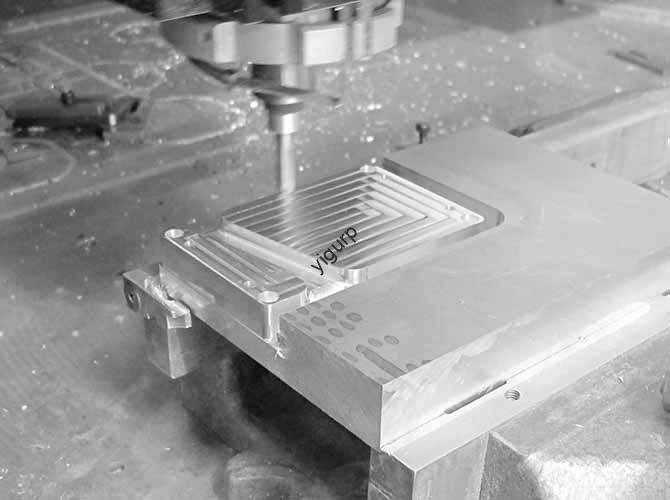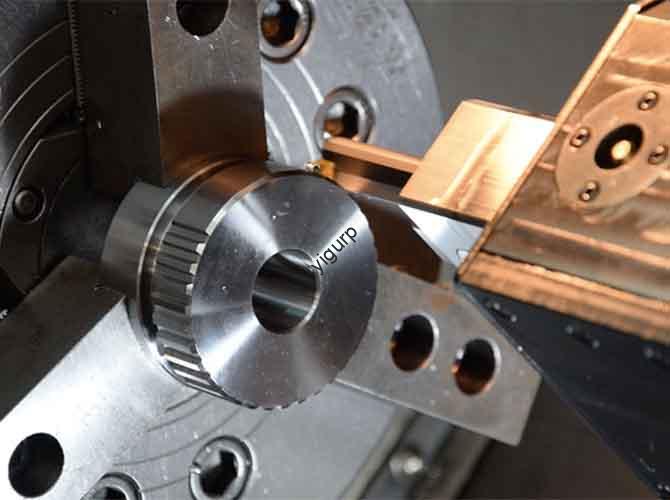What Is Metal Additive Printing, and How Can It Transform Your Manufacturing Business?
If you’re a small or medium-sized manufacturer (SME) wondering whether metal additive printing is just a fancy buzzword or a tool that can actually boost your product development, you’re not alone. The short answer is: metal additive printing—also known as metal 3D printing—is a game-changing technology that lets you create strong, complex metal parts faster, […]


